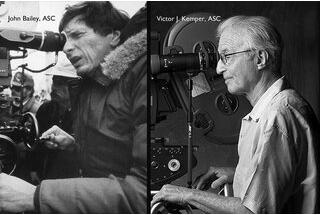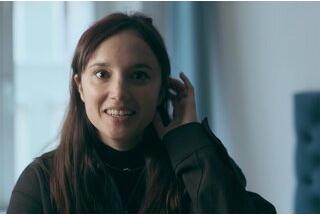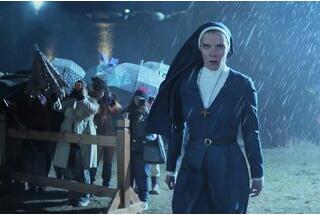"Fearless" & tribute to Allen Daviau and Michael Chapman
Missed opportunities, by Clément ColliauxAlthough perhaps Allen Daviau’s work evokes in the collective memory that cornfield behind young Elliot’s house in Steven Spielberg’s E.T. (1982), Camerimage’s programme offers the opportunity to rediscover his work starting with the cornfield that opens Peter Weir’s Fearless (1993). The screening was followed by a discussion with several members of the ASC (Lawrence Sher, Seamus McGarvey, Amy Vincent) about Daviau and Michael Chapman’s careers. They were both eminent members of the association who passed away in 2020.
From its first scene, Fearless presents a strange and unreal atmosphere that justifies its French title (État second): Max Klein (Jeff Bridges), an air crash survivor, is in the throes of existential doubt and repeatedly and deliberately puts himself in danger in order to reexperience the peculiar serenity that had overcome him when he thought he was living the final moments of his life. As he tries to reconnect with his wife Laura (Isabella Rossellini) and Carla, a bereaved survivor (Rosie Perez), Max is plunged into an atmosphere of derealization. From the opening sequence, in which he floats like a ghost through the corn stalks near the crash site, following a moving camera, the director espouses that altered state of disconnection from reality. His car trips are shot using a powerful telephoto lens that gives the impression of being on the spot, but when he is motionless, the camera skulks around him. Between the abnormal and the quotidian, cinematographer Allen Daviau strikes a balance that is always elegant, without ever being showy; between sublimation and staying anchored in the reality of the sets (particularly by justifying the lighting by placing sources within the frame). This is reminiscent of the bursts of light that remind Max of the blinding sunlight through the airplane’s windows and mentally bring him back to the time of the accident, or to a discreet forward traveling movement on him and Carla as they talk inside of a car, in which a bluish streetlamp confirms Daviau’s reputation as a “master of the silhouette,” in the words of Amy Vincent.
It is not a surprise that Daviau worked several times with Spielberg – on his short film Amblin (1968), then on E.T. (1982), The Color Purple (1985) and Empire of the Sun (1987) – when you compare his style to that of Australian Peter Weir, the polyvalent and attentive director of Picnic at Hanging Rock (1975), The Dead Poets Society (1989), The Truman Show (1998), and Master and Commander (2003). Often choreographic, he plays on a whole range of stylistic effects (Dutch angles, top shots, montages, etc.) and always remains restrained when it comes to the intensity of the most intimate discussions; he captures the most banal yet meaningful glances and pays attention to the details that enrich the film. Serge Daney even used the homonymy between Harrison Ford, who played police officer John Book in Witness (1985), and director John Ford, to attribute to Weir that humanistic quality of the great master. Here, too, he explores the relationship between the individual and his environment, be it calming or alienating, up to the final moment of deliverance. This results in a delicate and emotional film that has been somewhat forgotten and to which the festival has brought a bit of welcome attention.
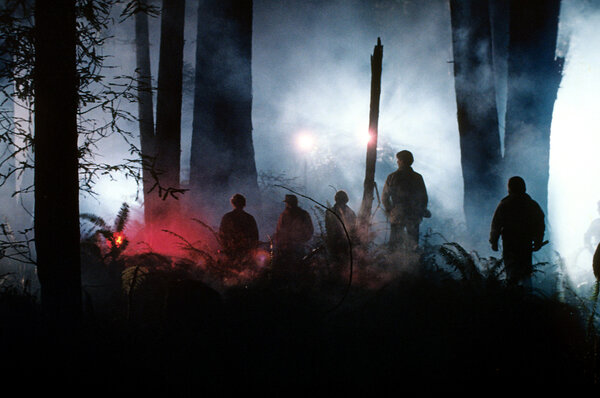
The clips chosen by Lawrence Sher and the other ASC cinematographers pointed out Daviau’s subtle aestheticization, his taste for combining specular and atmospheric lighting, and the frequent juxtaposition of warm and cold light temperatures to enliven the image. During the discussion, which was very open and intimate, the microphone went back and forth freely between the admiring presenters and the audience, which broke the usual face-to-face format of masterclasses and enabled a closer communion around the images.
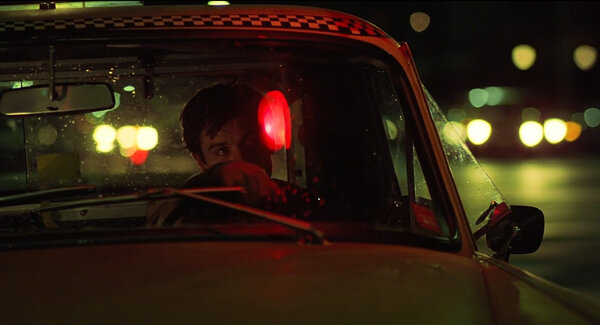
From the deep red of E.T.’s luminous heart, we jumped to the signature red of Martin Scorsese’s films in Taxi Driver (1976), to juggle between Daviau and Michael Chapman, a major cinematographer of New Hollywood through his work with Philip Kaufman, James Toback and Paul Schrader. “Chappie” also impressed the ASC’s panel with his cinematographic talents on other major films of the 1970s, such as Klute (1971), The Godfather (1972) or Jaws (1975). A filmmaker of his era, his audacity fascinated Seamus McGarvey and Lawrence Sher, who said he regularly took inspiration from his mixes of clashing colours (such as the sign-filled sidewalks in Taxi Driver) or the power of his black-and-white cinematography. Particularly in a clip from Raging Bull (1980), in which Jake LaMotta (Robert DeNiro) is sent into a cell lit in a highly contrasted chiaroscuro, with almost no greyscale between the white and the black. The sequence ends with the character in a dark area of the frame, where he is undiscernible, and which is unjustified by any diegetic light source. This is a brave choice which, according to Lawrence Sher, paradoxically causes us to look even more attentively.
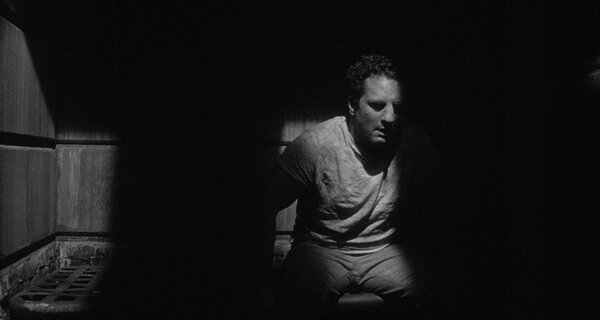
This is a maxim that summarizes the “Remembering the Masters” retrospective: looking more precisely at well-known images in order to take the time to appreciate their artistry. A tribute that particularly echoed a scene from Fearless, an appropriate film for the occasion, in which Max and Carla are roaming around a shopping mall buying Christmas presents for their deceased loved ones.
 En
En
 Fr
Fr
